Occupational therapist and aquatic therapy expert, Sara Pascual, explains in this article her work, how she practices the aquatic occupational therapy and what benefits this environment offers.
The goal of aquatic Occupational Therapy is to transfer all the learnings acquired in the aquatic environment to our surroundings to achieve a greater degree of participation in the areas of occupation and occupational performance of the person.
What is Occupational Therapy?
Occupational therapists are the health and social care professionals specialized in
human occupation. We promote, teach, educate and support the person
in carrying out their activities of daily living and occupations, to achieve
community participation.
Our intervention is occupation-based. We identify and understand the
problems of occupational performance and propose solutions for the person, according to
their interests, their culture, their values; involving them in the prevention, promotion
and restoration of their occupational identity and in their well-being.
What do we mean by occupation?
According to the AOTA (American Occupational Therapy Association) occupation refers to the daily life activities in which the person engages. They have a specific context and are influenced by the interaction between the person factors, skills and performance patterns. These occupations are carried out at a determined time; they have purpose, meaning and usefulness for the person.
How can Occupational Therapy use the aquatic environment as an intervention tool?
In our daily lives we use water as a main element in many of the
everyday activities; whether personal care; showering; watering the plants; cooking… Therefore
it is an element we are all familiar with and it is essential for carrying out our meaningful activities.
From Occupational Therapy, we can use water as a tool and medium of
intervention, in which we analyze and grade the environment and demands of the activity
that take place in it, to achieve the person’s goals.
Knowing the properties and characteristics of water allows us to design and carry out the
different activities, personalized and specific to the person’s needs.
For this it is essential to take into account the person’s occupations, the meaning
that the activities have for them and what their motivation is.
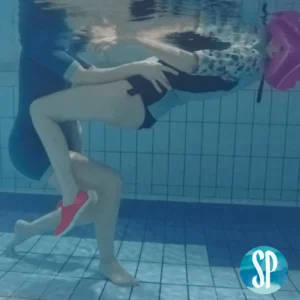
Top-down approaches
Our intervention must be centered on participation, so it is advisable
to use top-down approaches. To do this we must focus on the person’s meaningful occupations;
carry out an assessment, and through clinical reasoning,
evaluate the use of the aquatic environment as an intervention tool for the
achievement of the person’s goals.
For example; our intervention can
start in the person’s own home, with preparing the bag; planning the route to the pool; entering the changing room; undressing and dressing;
entering the pool… and carrying out the session in the water. The occupational therapist’s aim is to have
a positive impact and changes in the person’s occupations and participation.
Another fundamental aspect is to have the functional objective very well defined, and therefore the
activities that will be developed in a session in the aquatic environment. The aim is to offer them new sensorimotor, cognitive, emotional and social experiences,
that add value to that intervention in the water. Remember that we are in an
enriching environment such as water, which will facilitate the person’s participation and well-being.
What benefits does the aquatic environment offer?
- Water provides that sensation of lightness and freedom when performing movements,
generating increased motivation and engagement in the recovery process. - Being able to move around in it increases the sense of well-being and independence,
promoting the person’s self-esteem and self-concept, having a positive impact
on their daily life and participation in their environment. - The person feels capable of performing activities, taking initiative, and actively
participating in different activities. - At the sensory level, it is a source of stimulation which, when used by a specialized therapist,
promotes self-awareness and recognition of body schema
through an increase in bodily proprioception. - Regarding leisure and play, it offers the opportunity to work on and/or address them in a fun and novel way, adapting play to the person’s age, motivations and needs.
- The constant challenge of having to adapt to the changes that the aquatic
environment offers in activity performance stimulates the cognitive functions, since it requires you to design, plan and execute an activity,
constantly adapting to changes in the environment (water).
Who benefits from Aquatic Occupational Therapy intervention?
I believe that any person with or without disabilities and of any age range could benefit from intervention in the aquatic environment. There is increasing evidence supporting the benefits and intervention in this environment across different population profiles.
I do consider that analysis and clinical reasoning of why and for what we are using water as a stimulating environment and intervention tool is very necessary. It is important to take into account that depending on the characteristics of the facility and the water temperature, the intervention will be more indicated for a certain profile.
In addition to being able to offer the service at the preventive, promotion and/or rehabilitation level, depending on each case.
It is an environment that offers the person the opportunity to explore new interests, promotes self-awareness, and offers a wide range of intervention options to the occupational therapist.
Can interventions be carried out individually and/or in groups?
Both are necessary. Choosing one type of intervention or another will depend on several
factors:
- The person’s occupational profile,
- intervention objective,
- accessibility to the facility,
- contexts (social, economic, family, …),
- the center/resource where the OT is working.
Some benefits of group therapy can be:
- It promotes the sense of belonging to a group,
- promotes inclusion,
- promotes participation in the community.
When I talk about group therapy, I refer to small groups, approximately 5-7 people, with and without disabilities. It is necessary to take into account the level of participation of each person, and whether support from family members or other people in the water is available for carrying out group therapy in the water.
What value does Occupational Therapy have compared to other disciplines that share the use of water as an intervention?
Water is a main element in many of the person’s everyday and meaningful
activities: showering; personal hygiene; caring for others (plants, pets…), cooking… I firmly believe in the value of the aquatic environment as an intervention tool within occupational therapy. We are the professionals who have a holistic view of the person, carrying out that analysis of the activity and grading of the activities. We place the focus of every intervention on the person’s participation.
If we add to all the knowledge inherent to the discipline of occupational therapy the understanding and use of the properties of water and some of the different techniques specific to aquatic therapy, we will be able to address the different occupations and participation of the person from a different, enriching environment, knowing that it promotes the person’s active participation, increasing motivation and well-being.
It is still a lesser-known environment among occupational therapists themselves, in which multiple programs can be designed, whether at the level of prevention, promotion and rehabilitation and for different types of populations. Some examples could be: support for pregnant women; in the field of Mental Health; people with chronic pain; programs for families; etc.
Water is an environment that we use together with other health disciplines: physiotherapy, speech therapy, neuropsychology… which will enhance the intervention from a multidisciplinary approach. The important thing is not to argue about who does what, but to know the added value that each discipline can bring to this stimulating environment.
Conclusion
The intervention approach I propose is person-centered, accompanying them
in their recovery process across the different stages of life. The aim is to promote
active participation and autonomy in all spheres of life. All of this from respect and understanding of the perspectives, desires and needs of the person and family, as well as the right to choose and make their own decisions about their therapeutic process.
All of this I carry out in an enriching environment, such as the aquatic environment, where my
therapeutic tool is water. With a prior assessment and objectives defined
by the person, an intervention plan from aquatic occupational therapy is developed
based on clinical reasoning, through activities that respond to the person’s needs, helping them to build and create personal, social and
cultural, generating occupational well-being.
Bibliography
Diego Alonso, C., Tornero Navarro A., (2021). Occupational performance in aquatic therapy. In Güeita Rodriguez, J., Alonso Fraile, M.(Ed) Aquatic therapy. Approaches from Physiotherapy, Occupational Therapy and Speech Therapy. (pp 173-189). Elsevier
Cantero Garlito PA, Solano Martínez O (compilers) Towards a definition of occupational therapy in Spain [monograph on the Internet]. TOG (A Coru); 2011 [April 18, 2021]. Available at: http://www.revistatog.com/mono/num4/mono4.pdf
Diego Alonso, C., Tornero Navarro A., (2021). Occupational performance in aquatic therapy. In Güeita Rodriguez, J., Alonso Fraile, M.(Ed) Aquatic therapy. Approaches from Physiotherapy, Occupational Therapy and Speech Therapy. (pp 173-189). Elsevier
If you enjoyed this article on aquatic occupational therapy, you may also be interested in the following articles:
“This article has been translated. Link to the original article in Spanish:”
Terapia ocupacional en el medio acuático
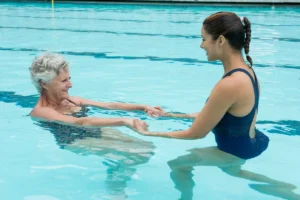
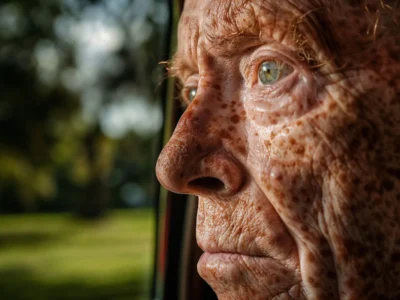
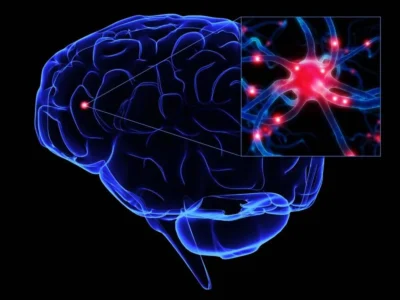


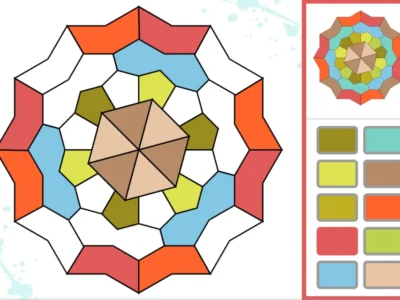
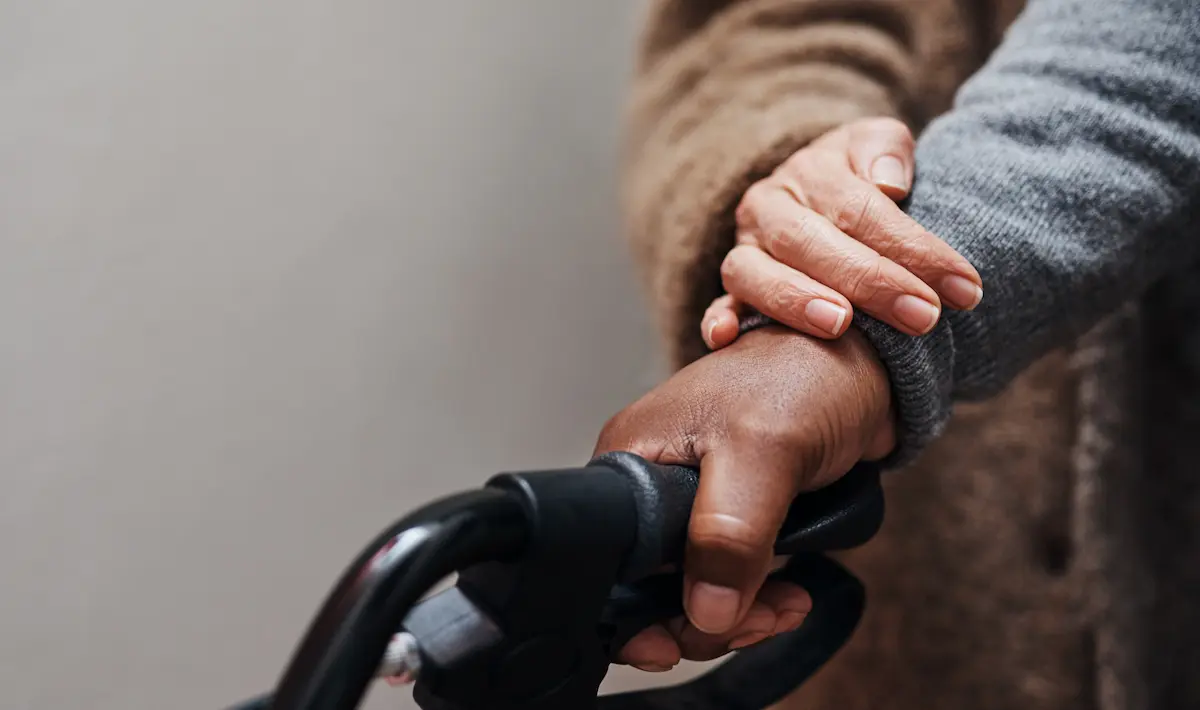
 [NEW] NeuronUP performance improvements, new features in NeuronUP Score, and bug fixes
[NEW] NeuronUP performance improvements, new features in NeuronUP Score, and bug fixes
Leave a Reply